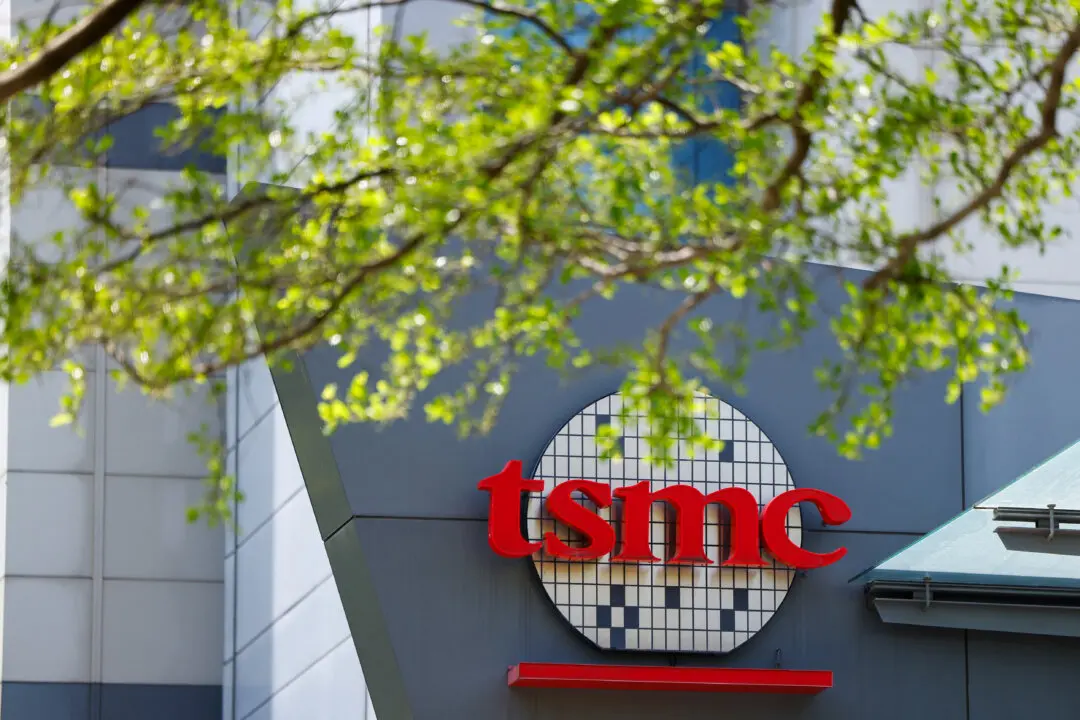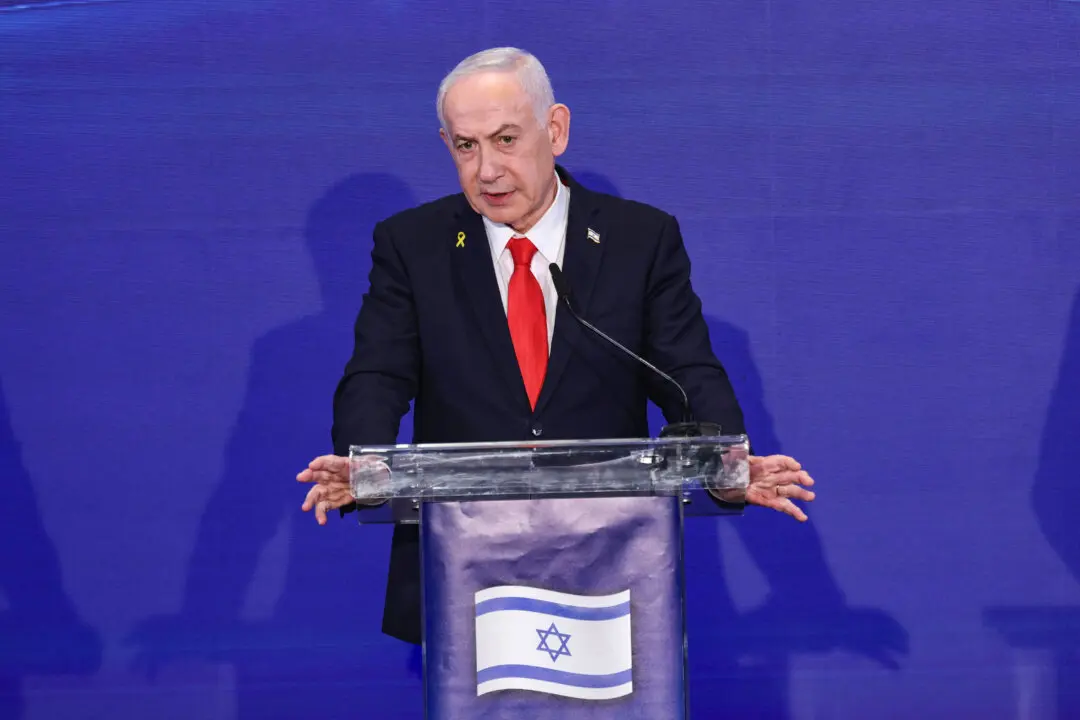BAKU/YEREVAN—Azerbaijan said on Sunday that Armenian forces had shelled its second city of Ganja in an escalation of the war in the South Caucasus that broke out one week ago.
Armenia denied that it had directed fire “of any kind” towards Azerbaijan, but the leader of Nagorno-Karabakh, an ethnic Armenian enclave inside Azerbaijan, said his forces had destroyed a military airbase in Ganja.





